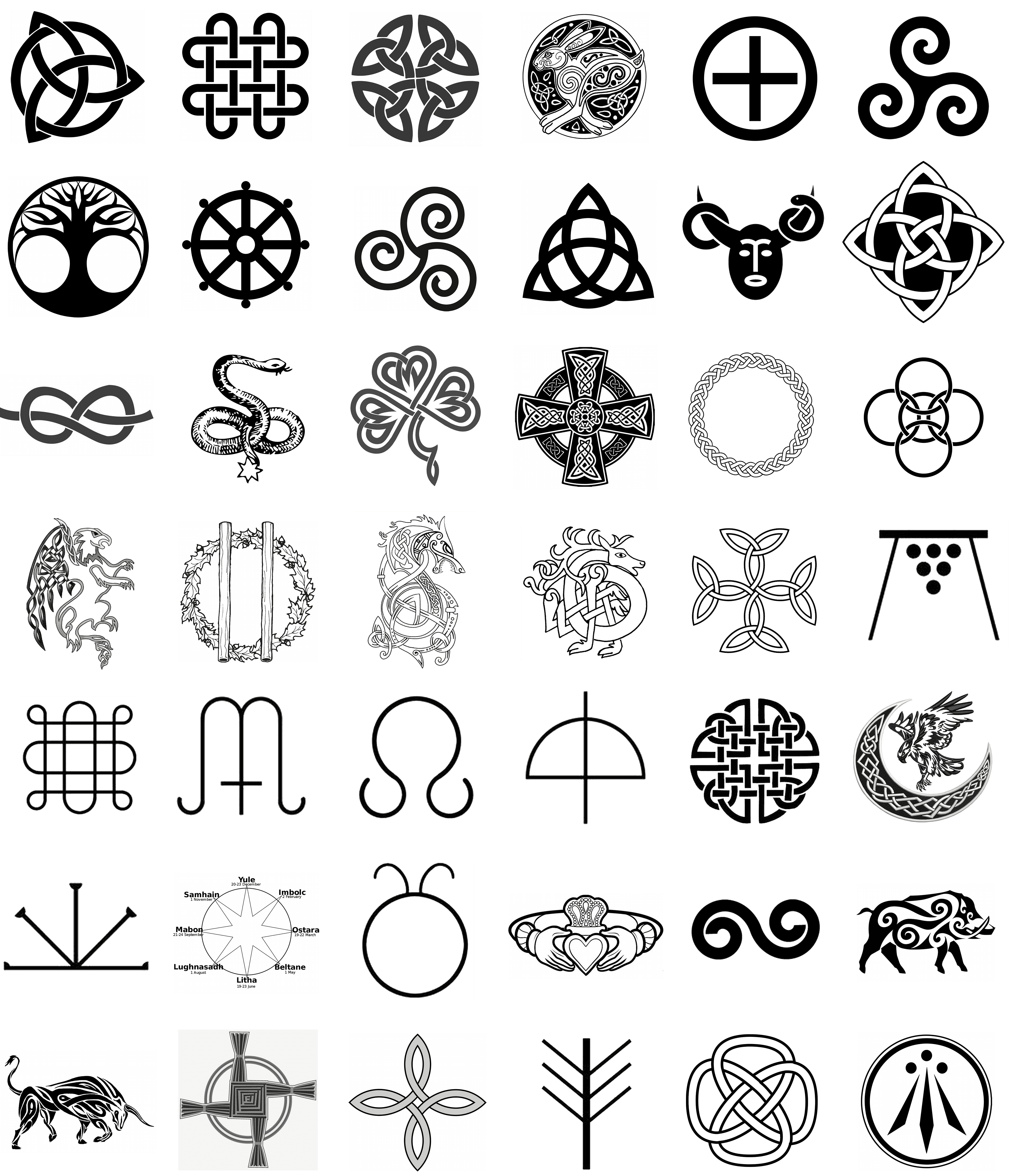
Top 30+ Celtic Symbols And Their Meanings (Updated monthly)
Tam O'shanters & Berets When you visit Scotland you're bound to come across Celtic symbols. You may spot them on items of traditional Highland dress, such as sporrans, belts and buckles, kilt pins and brooches. You'll also see many symbols used in jewellery items including cufflinks, necklaces, and earrings.

Celtic Symbols of protection Irish+symbols+of+protection Craft
One well-known Celtic protection symbol is the Celtic Knot, in particular, the Shield Knot and Dara Knot, and to some extent, the Triquetra. They display a continuous looping pattern with no beginning or end. They symbolise the eternal cycle of life, death, and rebirth, as well as the connection between all things.
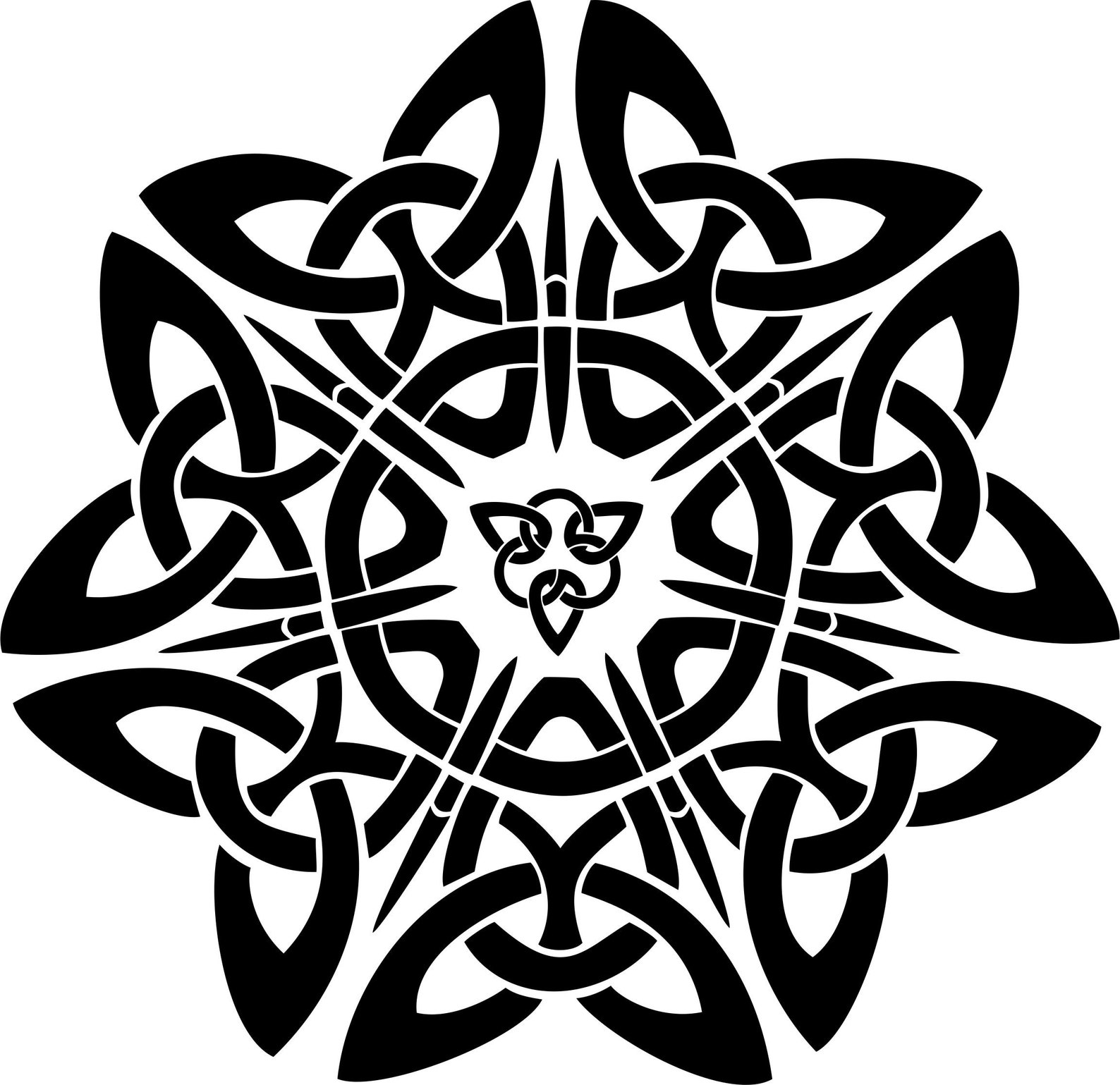
Celtic Protection Symbol Gaelic Protection Symbol Cricut SVG Etsy
The Celtic Shield Knot was largely used to symbolise protection. Its compact design hints at an unbreakable barrier, with a single interwoven thread suggesting endless protection. The endlessness of the design might have also symbolised rebirth and eternity, hinting at the never-ending cycle of birth, life, death, and rebirth. Their use in battle

Celtic shield knot meaning celtic protection symbol designs and tattoo
The Shield knot, as the name suggests, is the Celtic symbol for protection. It was placed either on battlefields or close to sick people to ward off evil spirits. While there is a whole bunch of ways that you can design this Celtic knot, you will always find four distinct corners. The tight patterns depict an unbreakable barrier.

Celtic Shield Knot Meaning Celtic Protection Symbol Designs And Tattoo
May 26, 2023 Table of Contents The Celtic shield knot (sometimes called a looped square) is one of the most recognizable of the Celtic knots, and one of the oldest. While in the past it symbolized protection, today it's a popular pattern used in jewelry, retail items, and artwork with connections to love and unity. What is the Celtic Shield Knot?
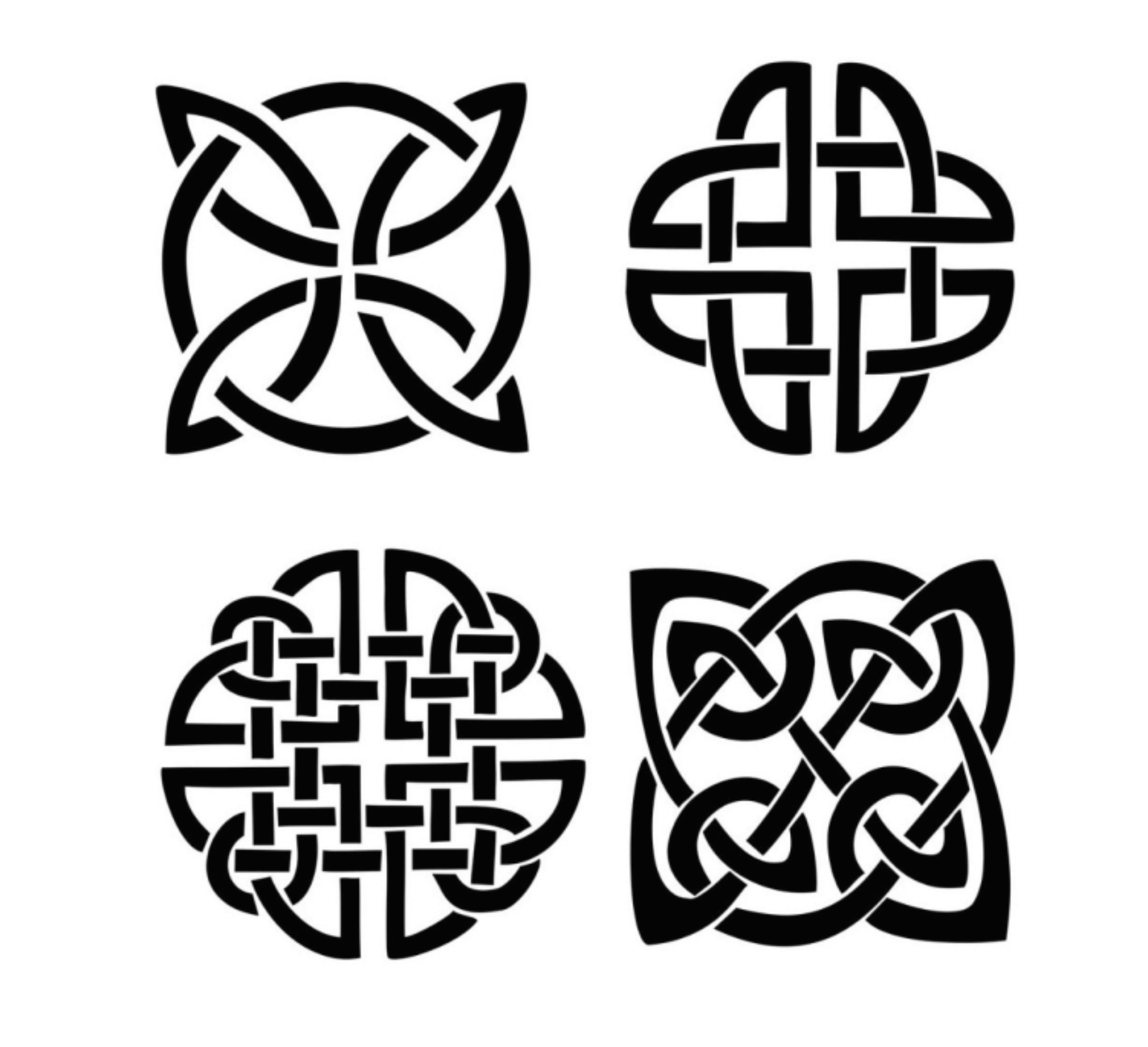
Celtic Shield Knot What It Really Means
Solomon's Knot Symbol. Solomon's Knot is a Celtic knot emblem that is thought to signify a man's union with the Divine. It is, in fact, one of the earliest symbols, as evidenced by engravings dating back to the Stone Age. It's also one of the few symbols that can be found in nearly all of the world's major cultures.

A Shield About Us Celtic warriors, Celtic, Warrior
Sheela Na Gig Symbol Sheela na gigs are figurative carvings of naked women displaying an exaggerated vulva. They are found on churches, castles and other buildings, particularly in Ireland and Britain. The figure is meant to represent a survival of pagan, usually Celtic beliefs which have been incorporated into the newcomer Christian church.
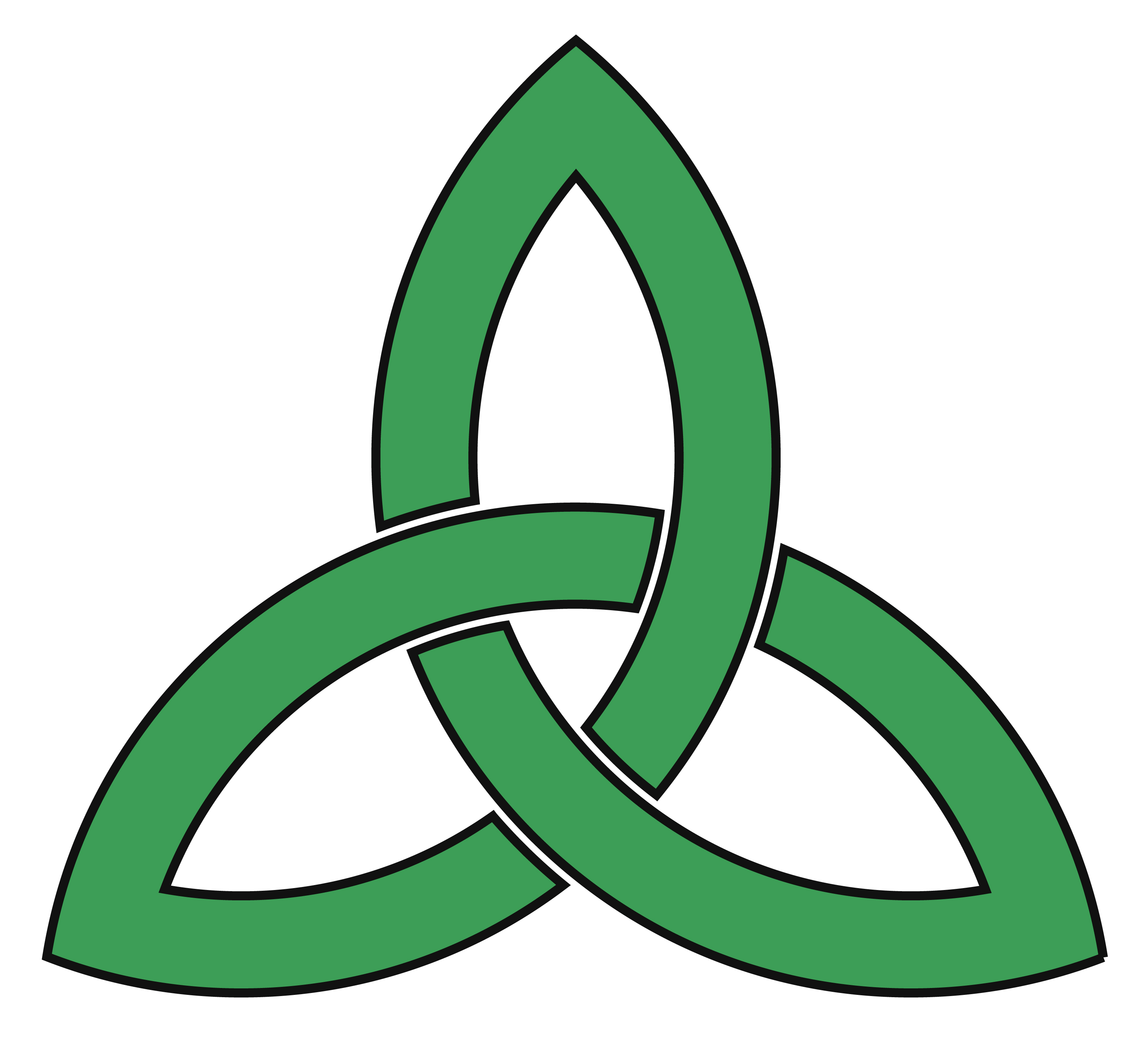
Celtic Symbols and Their Meanings Mythologian
The Celtic Shield Knot, a symbol of Celtic origin, is used for warding off evil spirits and bad energies. Often featuring loops with no start or finish, it represents eternal protection. The knot has various meanings and forms in different cultures, making it an important symbol with protective properties.

War, strength, and protection are some of the meanings associated with
1. Triquetra The Triquetra, also known as the Trinity Knot, is one of the most recognizable symbols in Celtic culture. It consists of three interlaced arcs, forming a triangular shape with a central void. Each arc symbolizes the interconnectedness of spiritual growth, mental development, and physical wellbeing.
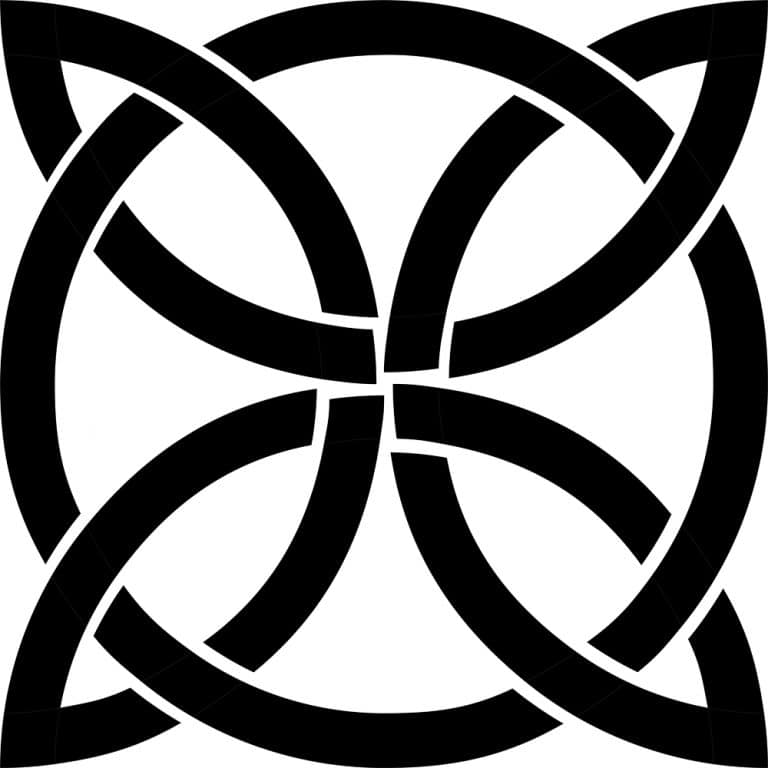
5 Most Powerful Celtic Symbols And Their Hidden Meanings Awareness Act
The Solomon's Knot is a very ancient Celtic Knot symbol that is believed to represent the union of a man and the Divine. In fact, it is one of the oldest symbols and is seen even in the stone-age carvings. It is also one of the few symbols that can be found in nearly all the major civilizations. Its frequent appearance in ancient synagogues.

Celtic Shield Knot Meaning and Origin Explained
Symbolizing protection and safety, the Celtic shield knot is one of the most easily recognized ancient Celtic knot designs. This powerful Celtic symbol was a common sight on Iron Age battlefields and was often as the name gives away, engraved on the shield of the foursome Celtic warriors.

Celtic Triskelion/Triskele Symbol, Its Meaning And Origins Celtic Symbols
Protection symbols are historical manifestations of charms, amulets, carvings, or belongings that safeguard humanity against evils, especially by casting a strong psychological impression on our minds. The world has both, the good and the evil. While the former reinforces faith, the latter challenges humankind in a multitude of ways.

Celtic Knot Meaning And Origins, All Symbol/Design Variations Explained
In general, the Celtic bull symbol was used to represent strong will, fertility, wealth, abundance and virility while in some cases it is considered as the symbol of ancestry and kinship. Celtic symbols & their meanings including the Triskelion, Celtic cross, Triquetra, Awen/Arwen, Ailm, Claddagh ring and Carolingian cross explained in detail.
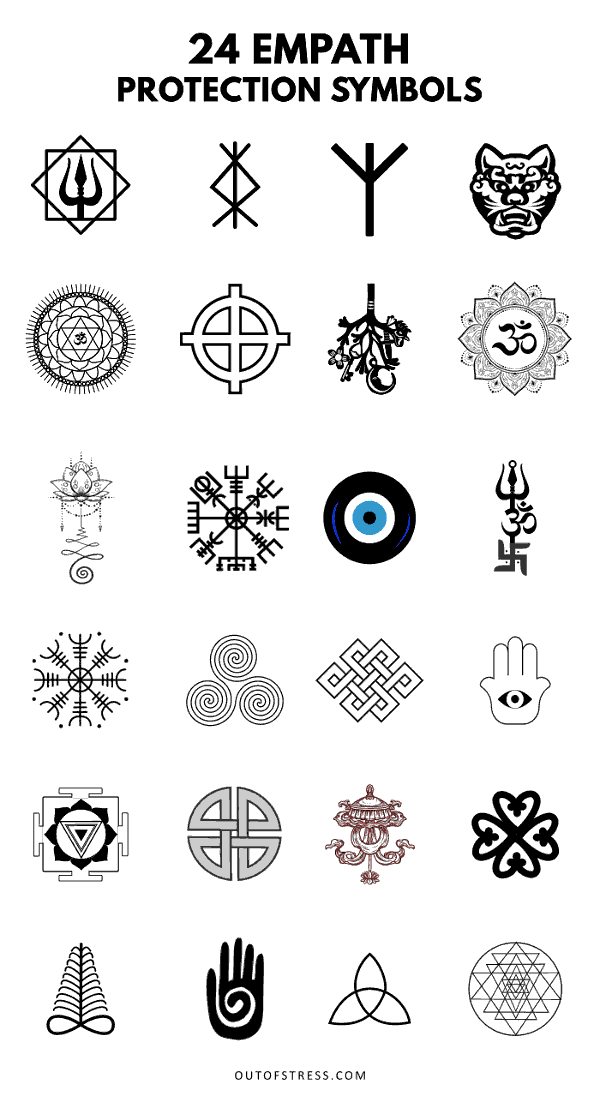
Celtic Protection Symbols And Their Meanings
The flag of Ireland consists of three vertical bands of green, white and orange. Each color in this flag is uniquely symbolic. Since at least the late 1700s, the color green has been associated with Irish republicanism and thus the largely Roman Catholic population of the south of Ireland.

Celtic Triskelion/Triskele Symbol, Its Meaning And Origins Celtic Symbols
The Claddagh Ring (Ireland symbol) - represents love, loyalty, and friendship. The Shillelagh - The Irish fighting stick Quaternary Celtic Knot The Celtic Bull (Irish symbol) The Ailm Celtic Symbol Serch Bythol - The Celtic symbol for eternal love Beltane - Celts symbol for the beginning of summer Celtic Five Fold Symbol - The holy Celtic symbol.

Celtic Triskelion/Triskele Symbol, Its Meaning And Origins Celtic Symbols
Gaelic Irish Shield Knot Symbol by VitAnGen The Celtic shield knot was mainly used as a symbol of protection, both physical and spiritual protection, that is. The Celts drew and/or carried the symbol to protect themselves against physical harm from their enemies.